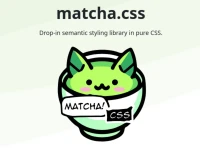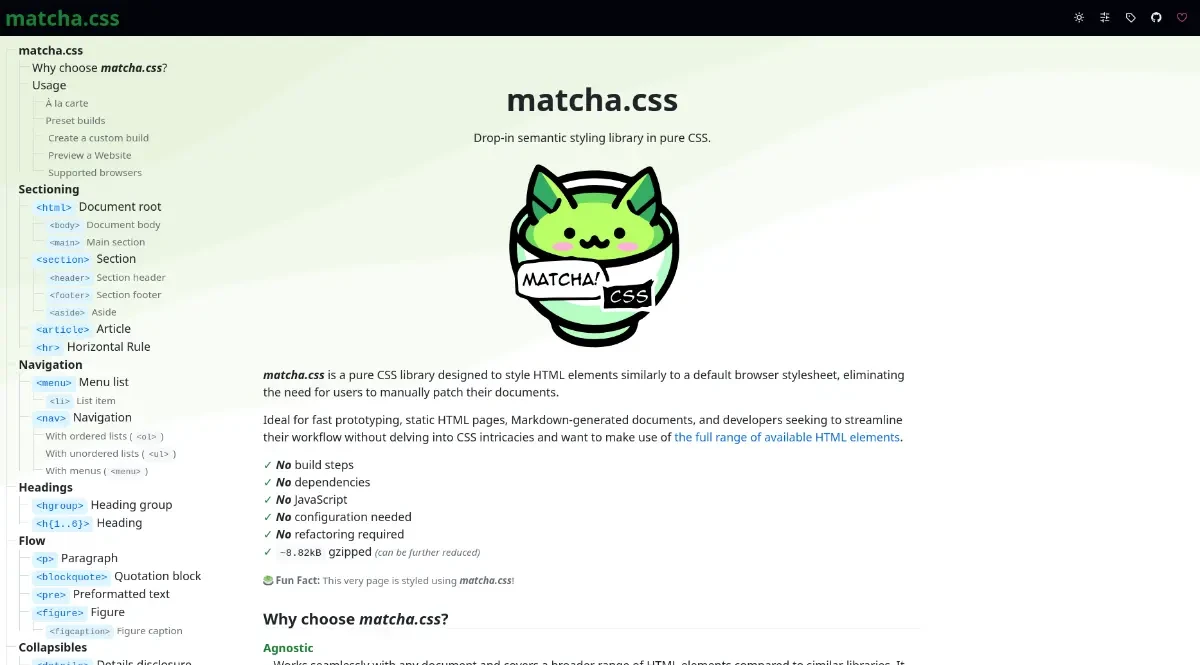
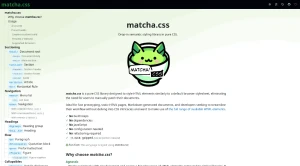
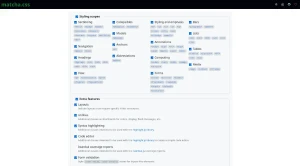
matcha.css is a pure CSS library designed to style HTML elements similarly to a default browser stylesheet, eliminating the need for users to manually patch their documents.
Ideal for fast prototyping, static HTML pages, Markdown-generated documents, and developers seeking to streamline their workflow without delving into CSS intricacies and want to make use of the full range of available HTML elements.
matcha.css is a pure CSS library designed to style HTML elements in a manner similar to a default browser stylesheet, eliminating the need for manual adjustments. It is designed for fast prototyping, static HTML pages, Markdown-generated documents, and developers who want to streamline their workflow without getting into CSS intricacies, while using a wide range of HTML elements.
Here are the key features and functionalities of matcha.css:
No Build Steps, Dependencies, or JavaScript: matcha.css requires no build steps, dependencies, JavaScript, configuration, or refactoring.
Pure CSS: It is a pure CSS library that styles HTML elements.
Semantic Styling: matcha.css adapts styling based on element hierarchy. This includes implicit submenus when nesting
<menu>elements and a required field indicator (*) when a<label>is paired with a<input required>.Agnostic: It works with any document and covers a wide range of HTML elements.
Reversible: matcha.css can be included with
<link rel="stylesheet">and removed without needing document refactoring or cleanup.Customizable: Users can create their own builds using a custom builder, selecting specific features to reduce the final build size, and can also fork and directly patch it. The library never uses
!importantrules, making it easier to override styles.Open Source: It is released under the MIT License and is freely available on GitHub.
Usage: To use, include the provided
<link>tag in the<head>section of your HTML document.Assets: Assets are hosted on Vercel and also available on CDN services that distribute npm packages.
Preset Builds: matcha.css provides preset builds for convenience, including default, lite, utility classes, and Istanbul coverage options.
À la carte: Individual subdirectories from the GitHub repository can be directly included, allowing users to select only the styles they need, such as syntax highlighting. However, the
@rootpackage is usually necessary for CSS variable definitions.Styling Scopes: matcha.css provides styling for various HTML elements, including sectioning, navigation, headings, flow, collapsibles, modals, anchors, abbreviations, styling and emphasis, annotations, computing, forms, bars, lists, tables, and media.
Layouts: Layouts can be incorporated, but may require HTML refactoring and may require refactoring to discontinue using them. A simple layout is available.
Utility Classes: matcha.css provides utility classes for colors, backgrounds, and additional shorthands for colors, display, and flash messages. However, using utility classes may require patching the document and make it more difficult to opt out of matcha.css later.
Browser Support: matcha.css is designed to be compatible with all modern browsers.
Form Validation: matcha.css automatically colors the borders of inputs based on their validation status with
:user-validand:user-invalidpseudo-classes.Syntax Highlighting: matcha.css offers syntax highlighting classes that are compatible with the highlight.js library.
Code Editor: Classes are provided to create a simple code editor with syntax highlighting, though a separate syntax highlighting library is needed.
Istanbul Coverage Reports: matcha.css is compatible with istanbul.js-like coverage reports.
Shadow Roots: CSS variables are defined using the
:hostpseudo-class, making it compatible with shadow DOMs.Unstyled Elements: Some elements are intentionally left unstyled.
In summary, matcha.css aims to provide a lightweight, customizable, and semantic way to style HTML documents, requiring minimal configuration and offering a variety of features for different types of content. The focus is on making websites look good by default using a pure CSS approach, with additional options for customization and specific needs.
You may also be interested in ...
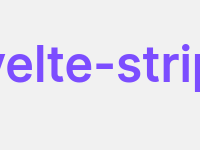
Svelte-Stripe
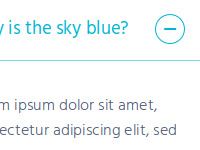
CodePen: build a FAQ

